Creating an accurate representation of the visual environment that train drivers actually experience is a critical bridge between the design of traffic management and control systems, driver training, and operational viability and safety.

And leading the field in this discipline is the Birmingham Centre for Railway Research and Education (BCRRE), which selected Agility3 to develop a solution that enables the Centre to quickly and easily generate, edit and visualise immersive 3D virtual railway environments, as seen from the driver’s cab, from raw track data.
These Agility3 environments translate rail engineering assets – tracks, signs, signals, level crossings, stations, bridges, and electrification, amongst others – into 3D visual representations that replicate not only the helpful features drivers see, but also the ‘noise’ and the hazards – sunrise and sunset shadows, for example, weather effects, and the proximity of other trains and rolling stock.
Translating the physical and the spatial into the visual in this way brings a new dimension (literally and figuratively) to BCRRE’s world-leading research into railway traffic management and control systems, enabling it to see the world as the drivers do.
Rail traffic management: challenges and opportunities
Driving this evolution is an ever more challenging vision for the rail network, in which demands for increased capacity and efficiency are generating a need for smarter and more situationally aware traffic management and control.
The European Rail Traffic Management System (ERTMS), for example, an advanced train-protection and signalling system, capable of supporting the semi-automatic running of trains, has been installed on parts of the Thameslink and Crossrail lines in London, with ambitions to roll it out further.
Accompanying this, the concept of platooning – in which multiple autonomous trains travel close together at a constant braking distance, guided by one lead driver – has the potential to significantly reduce fuel consumption per unit, but also enable the network to move far higher volumes of traffic.
The Thameslink and Crossrail system, for example, claim to already offer 40% more capacity than existing line infrastructure, and a similar uplift is expected as a result of ERTMS in the rest of Europe.
Driver: a more critical role than ever
But what these automation-driven developments naturally also imply is that a single driver is now likely to be responsible for many more trains, carriages, and cargo assets, of a much greater value, than was previously the case.
Hence understanding the impact of ERTMS and similar systems on drivers’ comprehension, interpretation, and experience of the visual environment they see from the cab is now assuming greater criticality than ever before.
Naturally, this is also influencing driver training across Europe. Another Agility3 client in the Netherlands, ProRail, has, likewise, integrated a 3D cab view display solution with both train simulators and data from the ERTMS, to present the drivers with as realistic an environment as possible in the wake of far-reaching changes like platooning.
In short, the drivers’ rule book is effectively being, if not rewritten, then significantly overhauled – and for that to happen effectively, it needs to happen in more than two dimensions!
Keep them rolling, punctual and safe
But equipping drivers to rise to the challenges of changing track and network use isn’t just about enabling more trains to shift more cargo and more people, more quickly – it also plays into a much wider vision for improving safety, reliability, and punctuality.
As just one example, the fully integrated traffic management system planned for HS2 will enable real-time adjustment of the timetable to recover from any disruption, and automatic re-rostering of train crews, enabling delays to be greatly reduced or even, in some cases, eliminated completely.
At the same time, this potentially also facilitates the automation of trackside and on-track works notifications and associated actions (the cutting of power, for example), ultimately better protecting work crews and contractors from occupational dangers, preventing accidents (and therefore additional disruption), and supporting punctuality.
And whilst platooning and other measures are primarily intended to increase capacity, the resultant better controlled braking and smoother travel not only save on fuel and electricity consumption, they also relieve pressure on trains’ mechanical and electrical components – in turn delivering increased longevity and reliability of service.
Indeed, it is to be expected, according to Government sources, that other parts of the sector will take lessons from HS2, and incorporate such innovations into their own operations.
BCRRE and Agility3: taking rail further
Exciting times indeed, and in working with BCRRE, Agility3 is well placed to contribute to them. The Centre, one of a number of internationally renowned institutions of the University of Birmingham, conducts extensive research, and collaborates closely with industry and academia to drive both UK and global rail innovation.
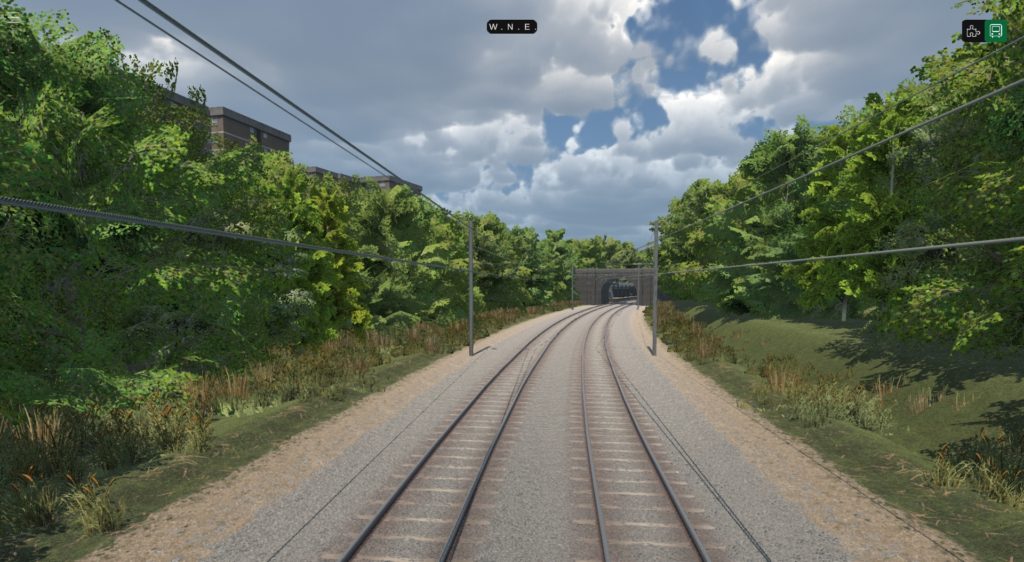
Dr David Kirkwood, Senior Research Fellow at BCRRE, has commented: “Collaborating with Agility3 has enabled our train driving simulation to advance to the next level. The team worked closely with us to understand and capture our requirements, providing us with a tool to automatically generate and customise realistic-looking, real-world railway environments using 3D models.”
For our part, we are delighted to be connected with such an esteemed research organisation and its team on this project, and we look forward to adding value to what is, without any doubt, a game-changing ‘look down the rail track’ across Europe and further afield.






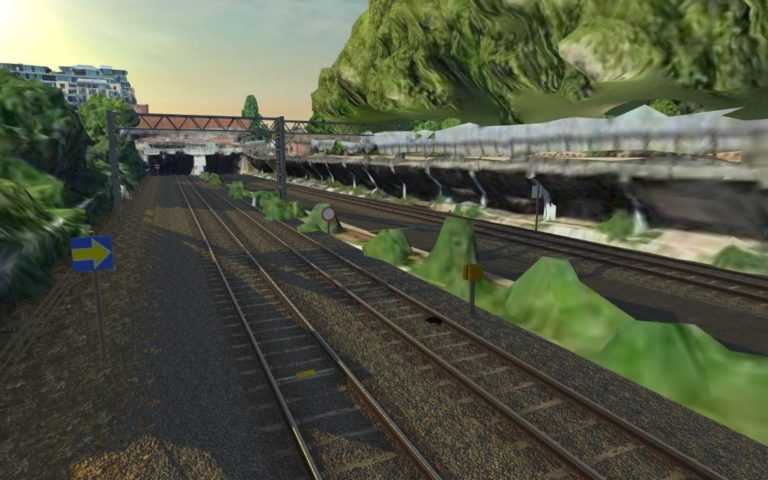
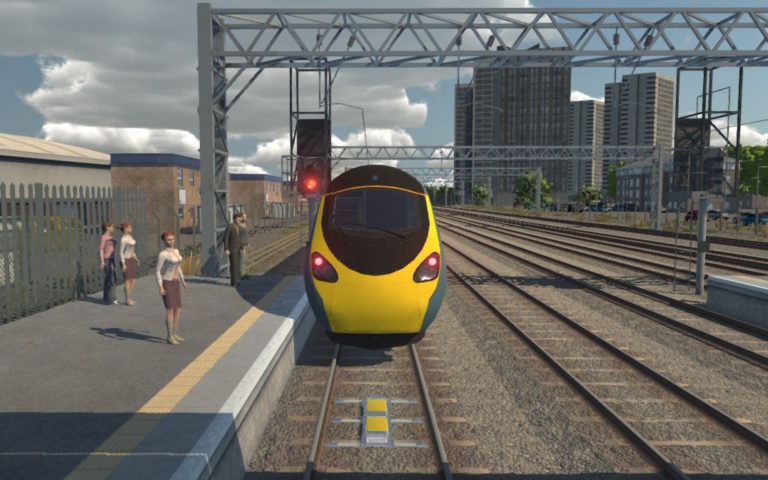
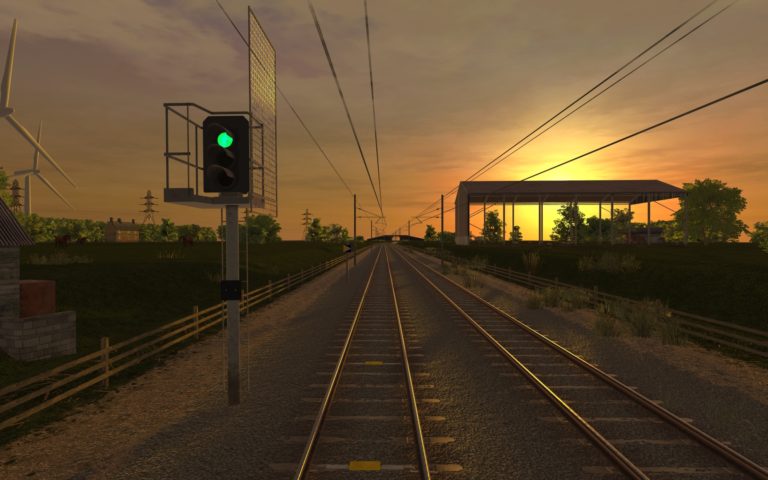
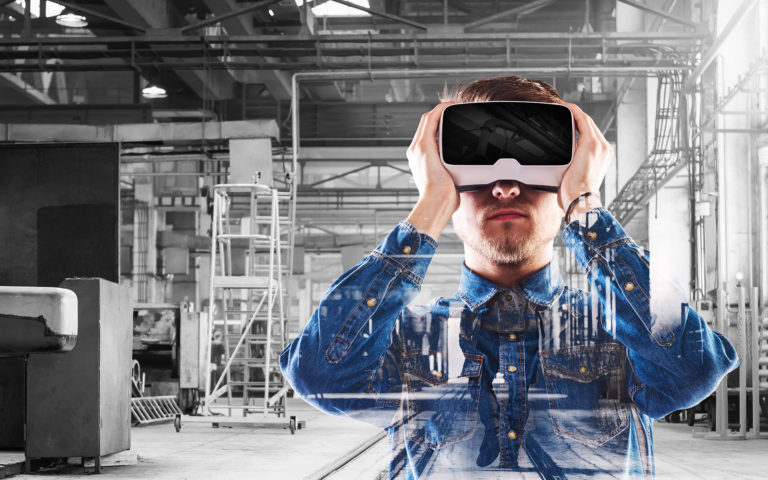
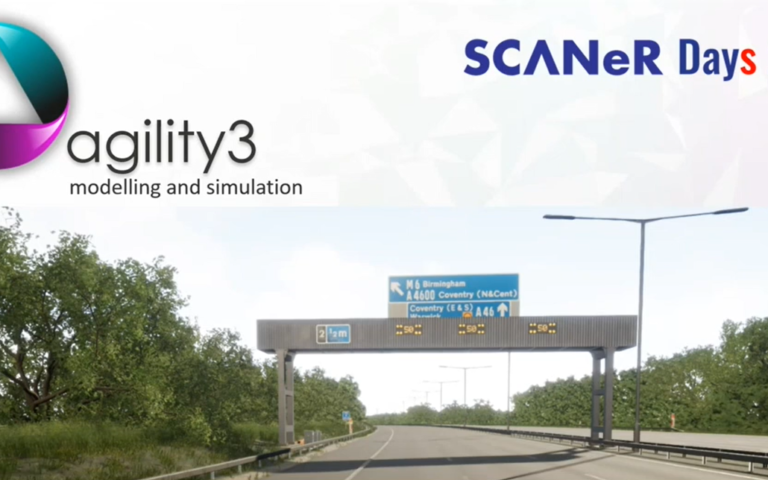
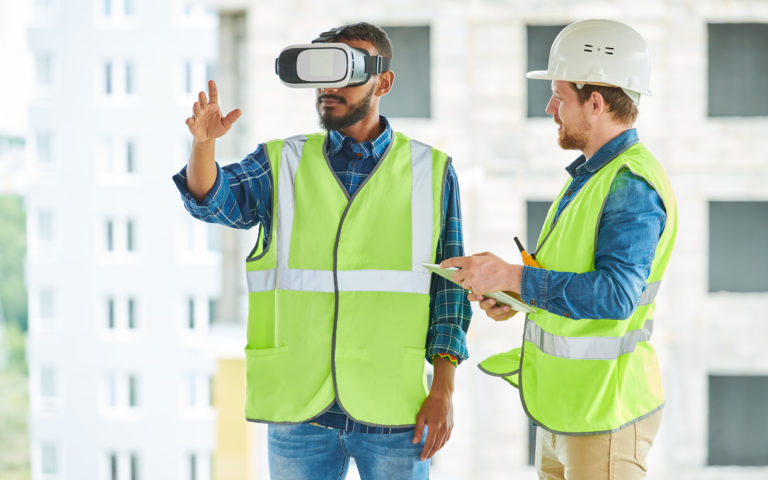
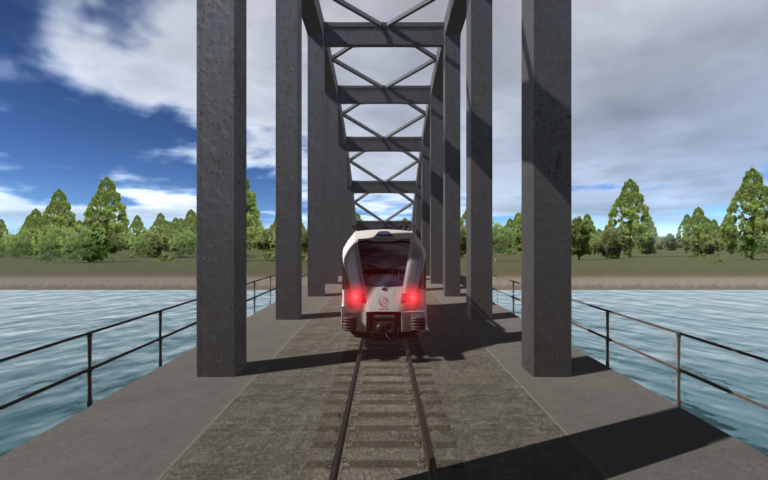
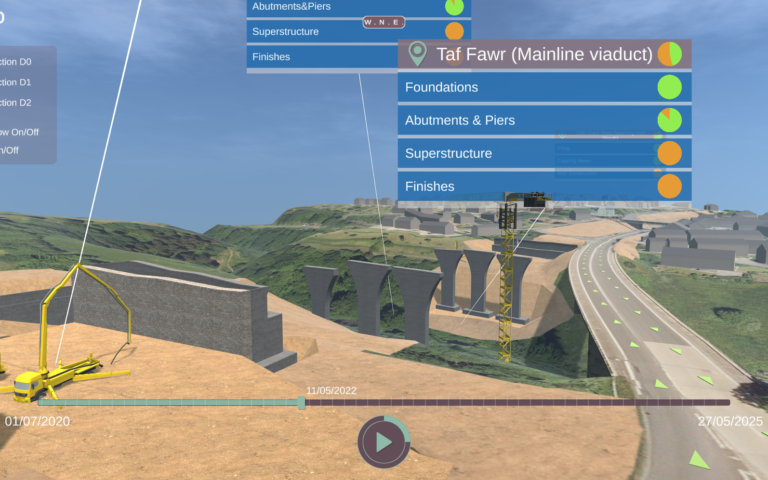
[…] to a broader audience across more diverse sectors, so whether we’re developing solutions for transport research or national rail infrastructure, for autonomous vehicle testing and trials or road safety, or […]